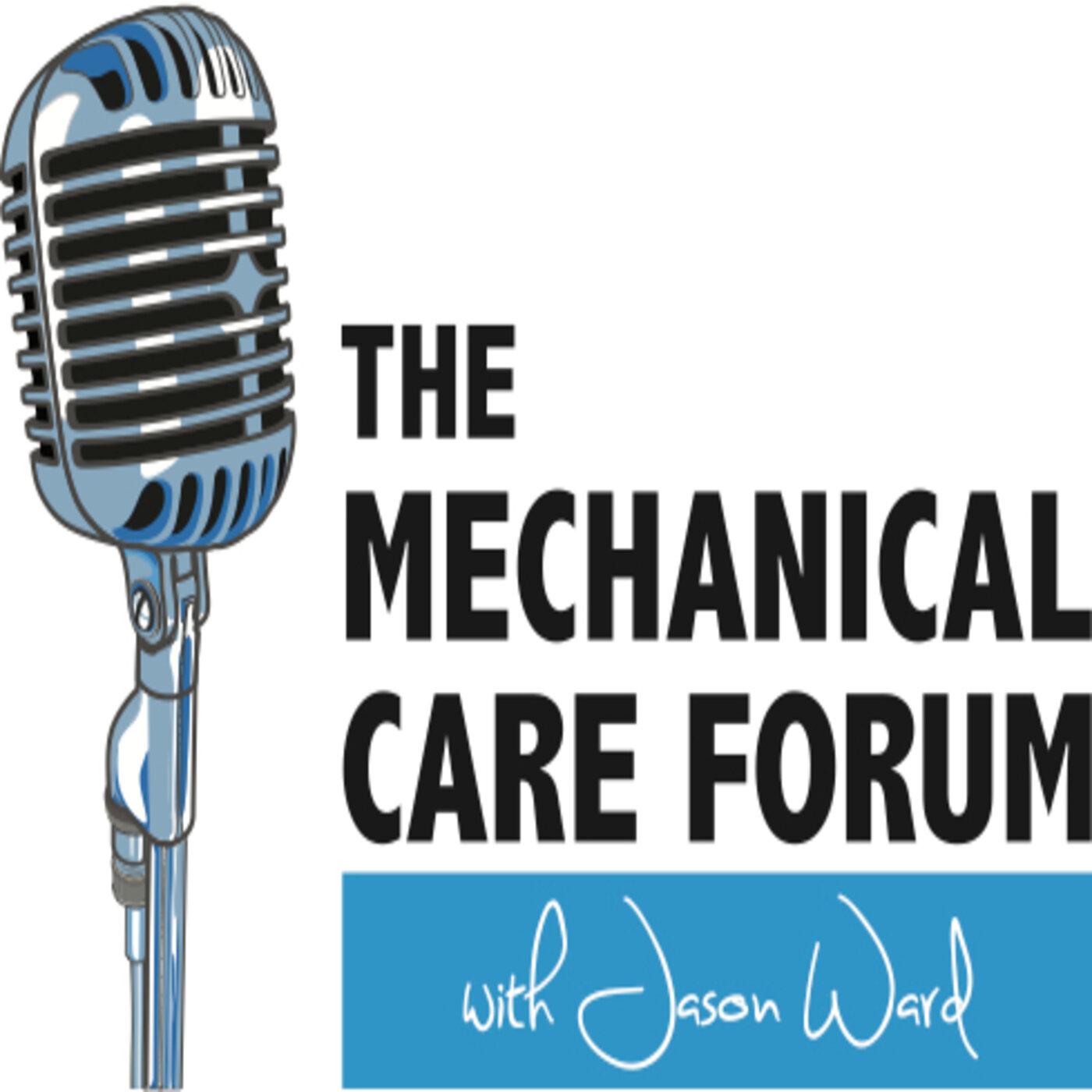Dr. Mark Laslett, FNZCP, PhD, Dip.MT, Dip.MD
Show Notes
Personal Background
Mark is convinced that what he’s achieved hasn’t been in isolation but only with the support of his wife, colleagues and his patients. Dr. Laslett enjoys fishing and being outdoors and camping. He’s also well read and enjoys reading widely. He is happily and often occupied with his grandchildren now.
Professional Background
Dr. Laslett began his studies at age 18 in 1968. Early on he learned terminology and had a focus on massage learning to use his hands. He particularly remembers Dr. Ian Broadford, a general practitioner functioning like a manual specialist, whom he observed for a significant time. He discovered later that Dr. Broadford spent a fair bit of time with James Cyriax prior. Mark’s first interaction with Robin McKenzie was an argument as Mark was prohibited to attend a manipulation course due to his lack of qualification. One of Mark’s first manual teachers was Brian Mulligan. Mark learned a tough lesson from Robin regarding the true effectiveness of his treatment as he revisits that story. Another terribly influential person in Mark’s journey was Charles Aprill. While with Dr. Aprill, he would evaluate patients and then had his diagnosis challenged with diagnostic injection which was enormously beneficial. Professor Begita Oberg who oversaw his PhD work at Linköping University helped Mark develop further and Maynard Williams, a statistician, also taught Mark to understand that aspect of research and writing.
Quotes
“Every patient contains a truth. He will proffer the data on which diagnosis rests. The doctor must adopt a conscious humility, not towards the patient but towards the truth contained within.”
-James Cyriax
“In God we trust, but everyone else bring data.”
-Nikolai Bogduk
A Time When Struggled
Prior to meeting Robin McKenzie treating acute back pain was impossible for Mark. Frozen shoulders were a significant struggle and until reading James Cyriax’s work he didn’t understand how to treat them. There were also frustrations regarding SI assessment and treatment and confidence in recommending surgery when the need for that is evident.
A Key to Becoming More Effective
Being proficient in McKenzie assessment was key early on. His comfort in Cyriax’s system for extremity care was critical. Skill in manipulation was another critical key to his success. All of these enabled him to be confident and relay that to the patient. Dr. Laslett suggests the patient with somatization and catastrophizing behavior is a much greater and more common problem and challenge for us than SI or facet joint pain patients.
To contribute:
Give a 5-star review on iTunes;
Share EP #48 with a friend; and/or
Connect with us on the Spotify MCF Podcast and MCF Instagram page!
Thanks for your support!

